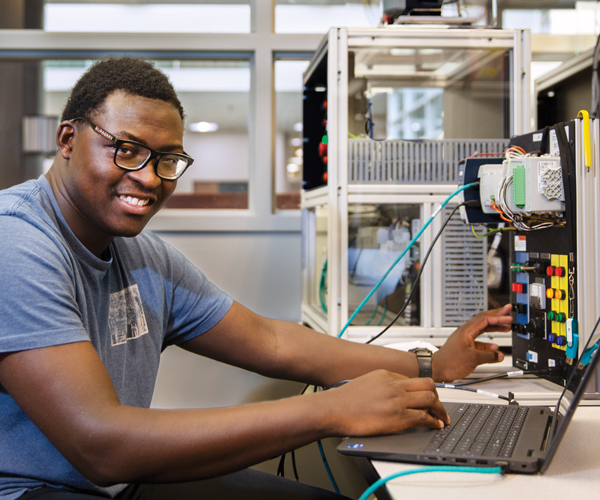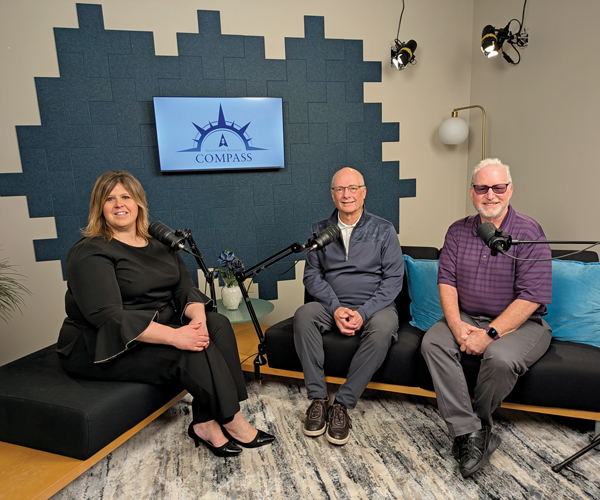Power is well-placed in Ronn Richard, Community Leader’s 2018 most powerful person in Greater Cleveland. His heart is big enough to hold it, and he instinctively understands the right way to use it.
Since 2003, Richard has been president and CEO of the Cleveland Foundation, which, in 2016 alone, awarded nearly 4,400 grants totaling $93.6 million.
“I can see the fruits of our labor every day,” Richard says. “People come up to me on the street or in the supermarket and tell me their son got off drugs because of one of our partner’s programs, or went to college because of one of our scholarships.”
Community Leader asked Richard about power and the Cleveland Foundation.
What does power mean to you, and what is its proper use?
Power, like technology, is a double-edged sword. It can be wonderful if it’s used for good reasons, such as humanizing society, helping marginalized populations and advancing the cause of justice. But power is obviously a terrible thing in the wrong hands or when used for the wrong purpose.
For the Cleveland Foundation, power is the capacity to bring people together to achieve a common goal for our city, to help revitalize our downtown and core city neighborhoods, to help our citizens obtain a college degree or career technical education, to assist Clevelanders in obtaining family-sustaining employment and a stimulating career and to enable our neighbors to overcome barriers to success. This is the only type of power the foundation aspires to.
Do you believe Greater Cleveland nonprofits have grown in influence?
Yes. Nonprofits are now major employers. For example, Cleveland Clinic, University Hospitals and MetroHealth are major employers, but they’ve also made great strides over the past 30 years to strengthen their responsiveness to the community. They are working to make the neighborhoods they serve healthier and safer. They are working to improve our K-12 educational system, and they support workforce development.
What about philanthropic organizations in particular?
Our experience is that trust allows an organization to carry influence. The Cleveland Foundation has been around since 1914. We helped establish Cleveland Metroparks and Tri-C, and save Playhouse Square, and we led the charge for public school reform. We were the first community foundation in the world, and people trust us to provide leadership when needed to support a major community initiative.
How has the Cleveland Foundation supported public school reform? Are you talking about Say Yes to Education?
Say Yes to Education is everything the Cleveland Foundation stands for. It will align critical in-school and out-of-school services for children and families — everything from tutoring to school-based medical care and counseling, summer employment, after-school programs. It will help prepare the Greater Cleveland workforce for the reality that, by 2020, two-thirds of jobs will require some form of a post-secondary credential.
What was the Cleveland Foundation’s role in Mayor Frank Jackson’s $65 million revitalization plan for neighborhoods, which City Council approved last summer?
We were grateful for a seat at the table to help the mayor craft his Neighborhood Transformation Initiative, which we believe is vitally important to the future of Greater Cleveland. The plan targets neighborhoods like Buckeye-Woodland, Glenville and Clark-Fulton, all of which we’re already heavily invested in. We have been champions for place-based philanthropy from the very beginning, so we’re enthusiastically supportive of the mayor’s plan to drive housing and commercial development beyond the borders of downtown Cleveland.




